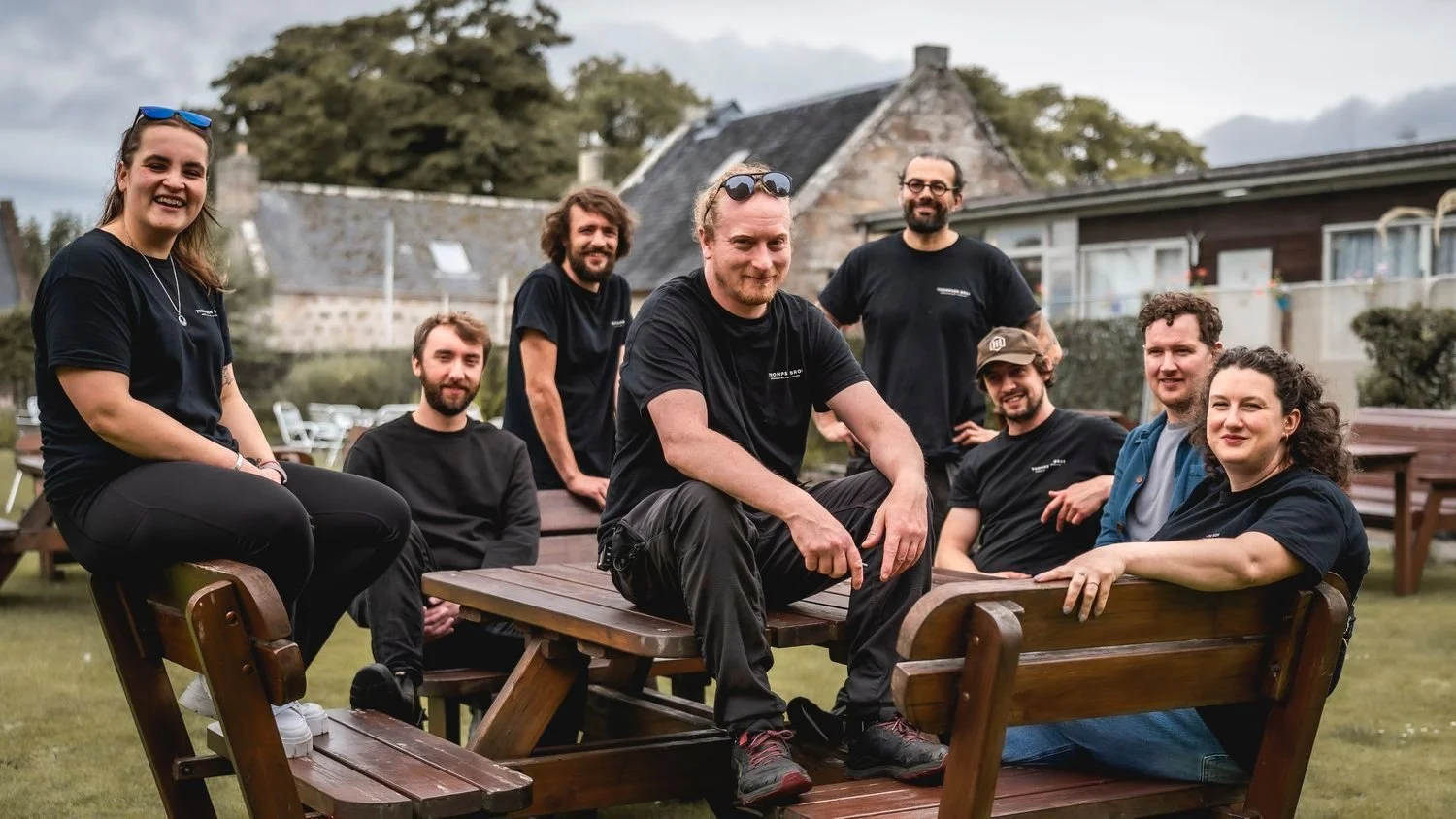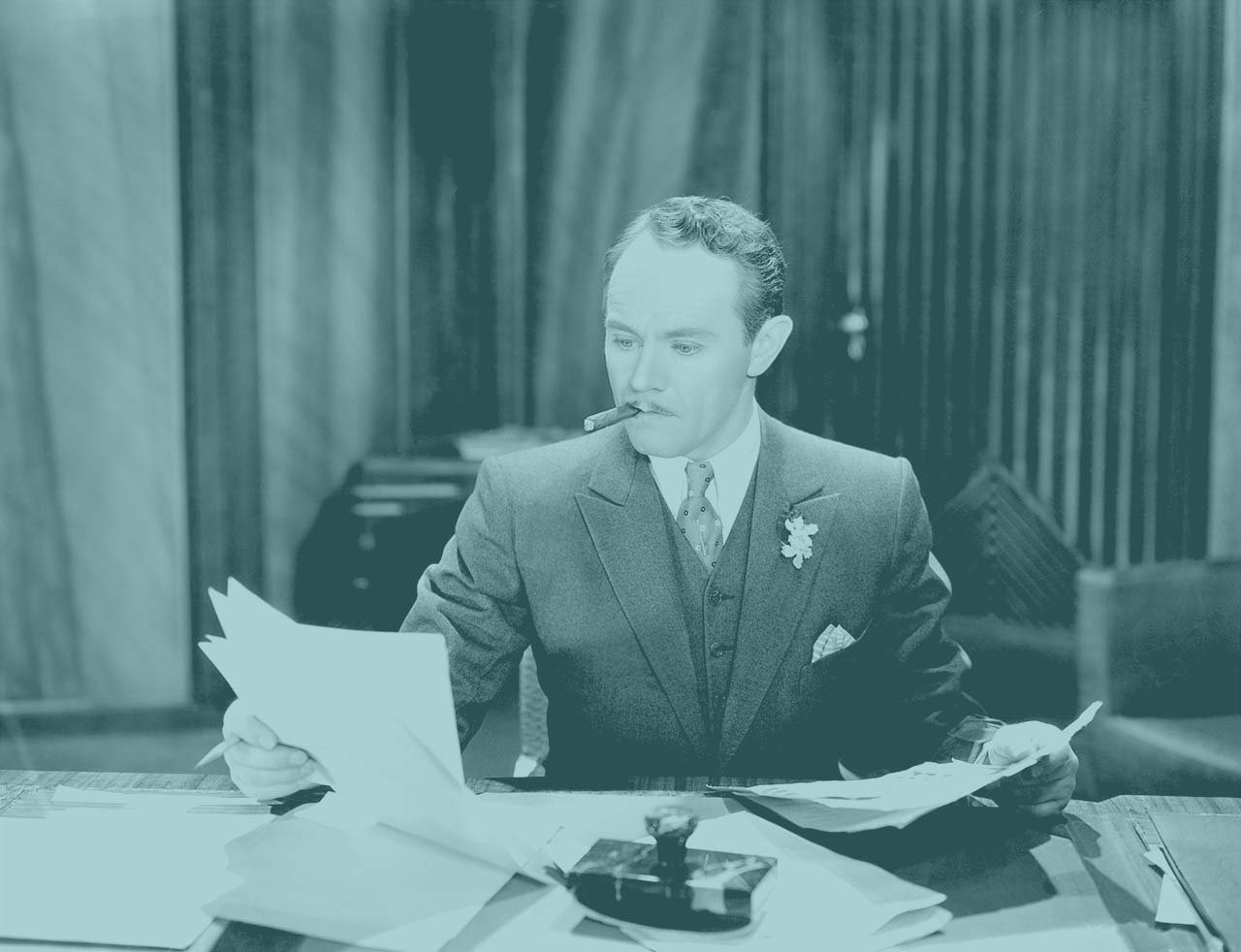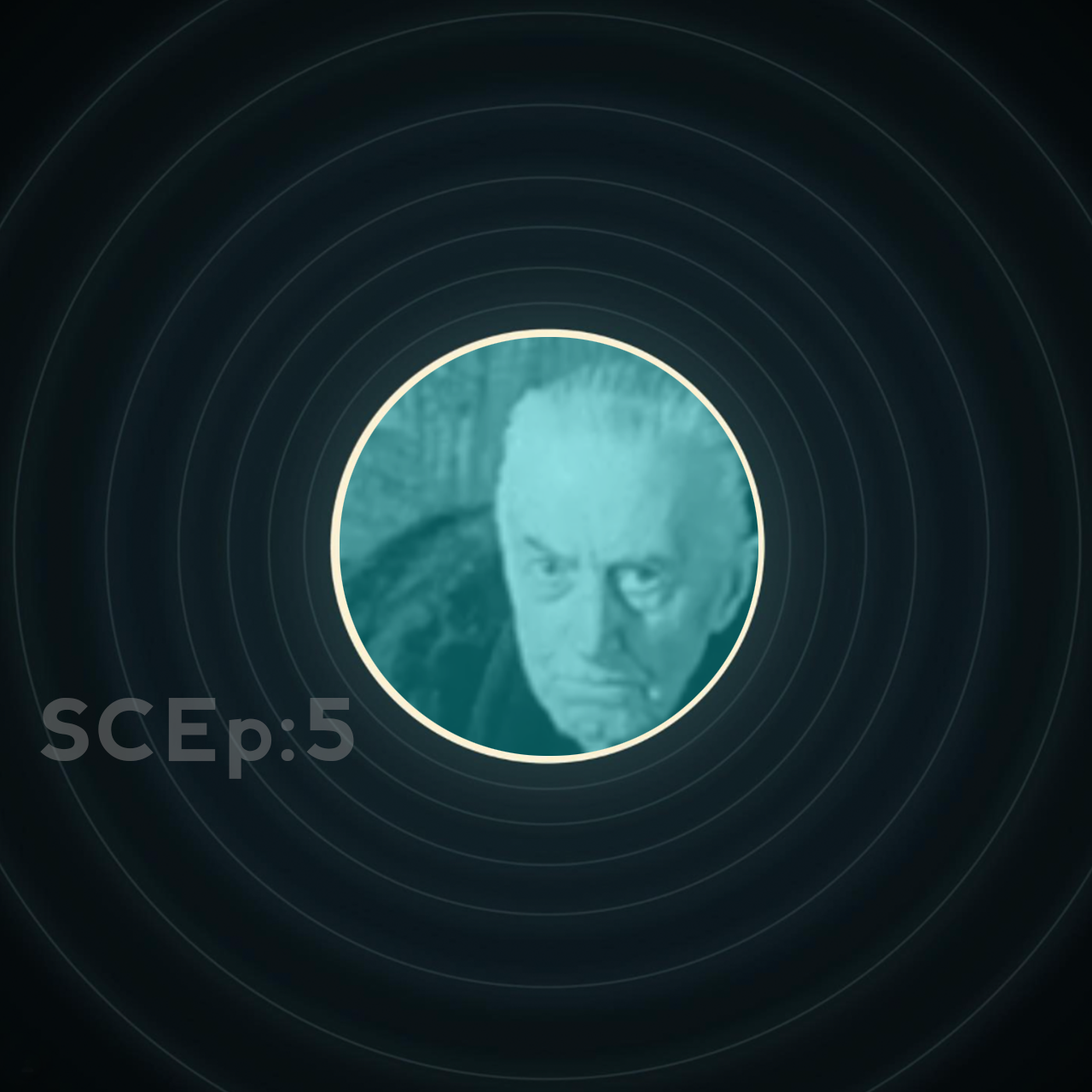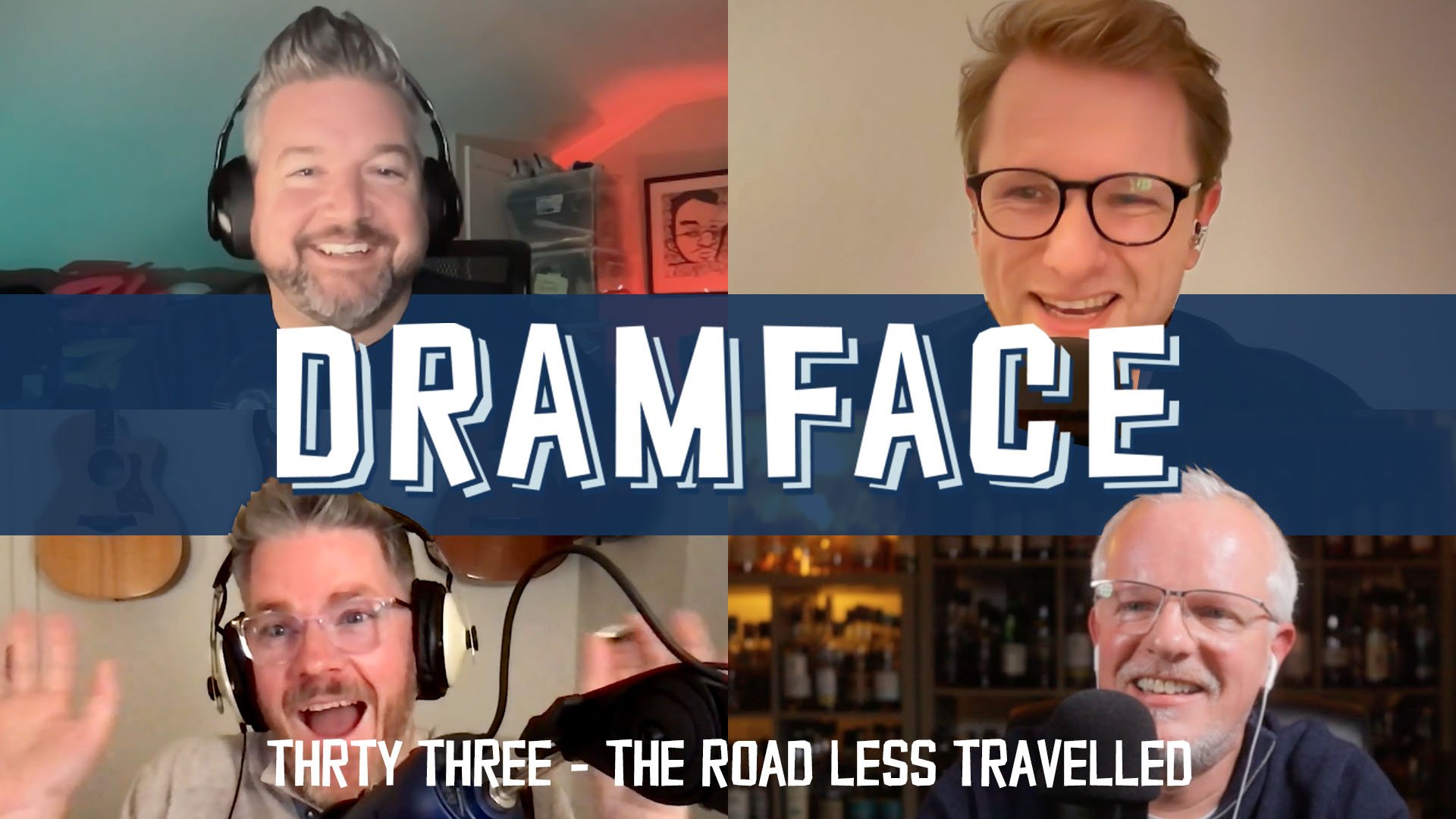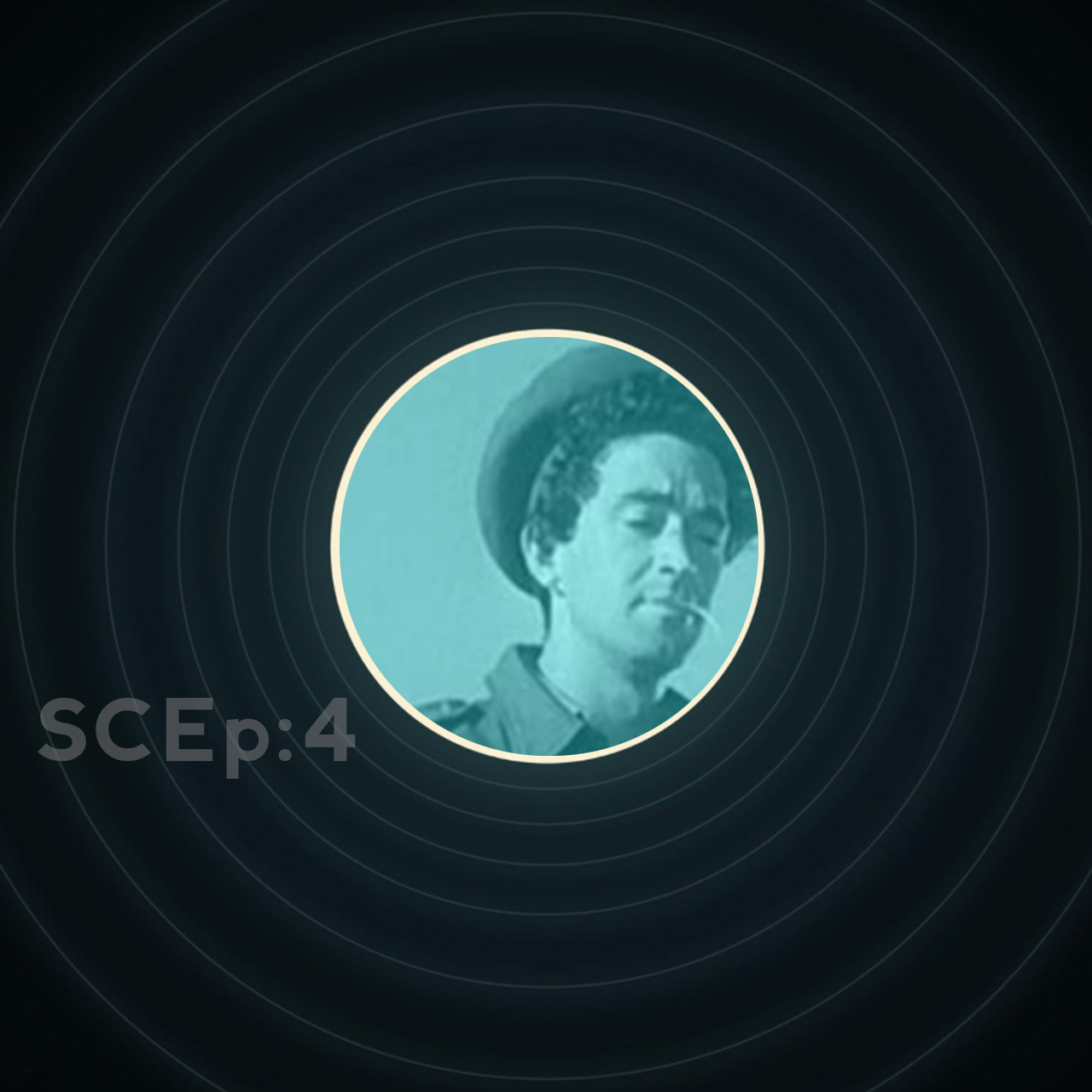Bruichladdich Ternary Project
Blend of all three ‘laddie malts | 52.1% ABV
Score: 8/10
Something special.
TL;DR
Makes a case for being a 9/10, but not quite
I hope you don’t mind a little introspection?
In the few recent episodes of Dramface podcasts, both the original one and the Splinter Cell spinoff, there were some rather meta discussions on our experiences as Dramface writers. I’m always one for self reflection and a bit of self indulgence, so it got me thinking too.
Here, on this review, I will try to answer a few questions raised in the podcasts, as well as add some of my own takes on other related things. Basically, I’m trying to barge my way into the podcast in written form.
Firstly, how do I feel about being a Dramface writer?
Roy said one particular answer got to him, it was when Adam pondered, and settled on a short but succinct answer, “it’s cool”. I concur, and I’ll elaborate.
It’s cool, it’s very cool. For as long as I’ve started consuming whisky content online, I’ve been dreaming about stepping into the space and becoming a content creator or contributor myself. To put it very naively but honestly, Daniel Whittingon looks so cool doing his sommelier thing, and I want to be cool like him. Most of you might say, if I wished to become part of the space, why didn’t I just go for it, it’s not like there’s a barrier to entry; yes, I know, but me being me, the barrier to entry is my own procrastination, as well as my inner fear of failure.
So for the opportunity at Dramface to open up, I’m so grateful, because it’s already a well-oiled vehicle, and all I have to do is to put my hand up and ask “can I join the party?” Luckily for me the answer was yes, and here I am.
I’m quite protective of my alias, because I know some people in retail and bars locally. Given the small circle of core whisky enthusiasts here, I would like the freedom of writing without the fear of someone connecting the dots to me. After all, and as friendly as they are, they can be judgmental at times. I’m simply happy to say that among the few people who know Murdo not as the Dramface writer but as a friend in real life, they say nice things about the site, and for that, it’s really cool.
On the other hand, I also feel a great deal of responsibility. Recently it has been shared that Dramface performs well in Google searches, very often, if someone wants to find out about a whisky and Dramface happens to have reviewed it, we may be the first review they find. A personal win for me recently was when Daniel was researching the Longmorn 16 and found my review. I may go over that experience in more detail in another review, but to put it simply, I was starstruck.
I came to realise, even more than before, that my scores may now be responsible for someone’s decision to part with their money - or not - so I’m aware of the responsibility on my shoulders every time I choose to submit a review.
Which is a nice segue into the next question: what do I think about the gradual drifting of Dramface scores?
I haven’t been in the review game for very long, so I can’t say that I observe any drifting in my own scores, but Roy’s insight makes a lot of sense. We are not professional reviewers, we don’t receive a salary, and we spend our own money to buy whiskies. As I become more informed about my preferences, I will always be looking to buy whiskies that I expect to enjoy. To a point mentioned on the podcast, I won’t deliberately buy a bottle of whisky just to write a grumpy review and give it a 3/10. For this reason, coming back to Roy’s point, individual scores may seem to be drifting, but it’s likely not the scores drifting, it’s our buying habits being streamlined. Growing points of reference is also a factor, as Gordon alluded to; a 7/10 whisky may be such because at the time of review, but after a couple of years of drinking more whisky, our reference points have increased, horizons have broadened, and that 7/10 whisky, if reviewed now, may become a 6/10.
I look at it from a similar but slightly different perspective. From where I am as a relatively new reviewer, I’m more concerned with consistency of scoring. Now that I’ve gotten a few reviews under my belt, I want to make sure that future scoring remains consistent and comparable. Sure, there will be subjectivity, it’s whisky after all, and the diversity in whisky means that there’s rarely two whiskies that are directly comparable. But at least, I wish that my scores consistently reflect my assessments of whiskies across the board, and that the same scores represent similar levels of enjoyment for myself.
Looking back at my past reviews, I would like to think that I have fully utilised the range of the scoring system, from as good as the original Longmorn 16 scoring a 9/10 to the Macallan NOE which scored a 2 (god help me avoid bottles like that in the future). The obvious question to me is whether I expect to own and review anything better than the Longmorn 16 in the future, and what would I do if I eventually choose to review them?
Well… I don’t know, but I’ll happily cross that bridge when I get there.
Review
Bruichladdich Ternary Project, 30% Bruichladdich, 40% Port Charlotte, 30% Octomore, 52.1% ABV
£195 paid. Secondary only.
This bottle of whisky is a rare one of its kind. While whiskies under the brands of Bruichladdich, Port Charlotte and Octomore are readily available in the market, a crafted “blend” of all three is not a common thing.
More excitingly, the liquid is pretty old: the Octomore is the only one with a vintage, with the bottle filled in 2021 and the spirit distilled in 2008, so it’s approximately 13 years old; the Port Charlotte was “distilled soon after the distillery reopened”, with the distillery being resurrected in 2001, I reckon the Port Charlotte whisky was distilled around then, so I’d slap a 19 years of age to that component; the Bruichladdich was “distilled before the distillery’s closure”, which happened in 1994, making this component at least 27 years of age.
I chose this bottle because I think this whisky touches on all the points above, but let’s dive into the whisky first.
Score: 8/10
Something special.
TL;DR
Makes a case for being a 9/10, but not quite
Nose
As expected, with 70% of it being Port Charlotte and Octomore, the nose is peat forward, quite a punchy nose for an ABV of 52.1%, earthy peat, wine and sherry cask forward peat, caramelised peat, woody peat, dried fruits on peat, ketchup on peat. The nose is all about the peat, but it’s not a dominating kind, instead, it’s like a chaperone who accompanies each of the guests one by one, the peat accompanies other flavours, one by one. All this is to say, the peat is assertive, gentle, and well-integrated.
Palate
Sweet, savoury and bitter peat. It’s the style of peat that I like most, when the sweetness combines with the bitterness. In addition to the peat, a thick slab of cheese is tagging along as the chaperone on the palate: lemons, limes, oranges, raisins, dates, cinnamon, caramel, coffee, dark chocolate, all wedged on a slab of semi-molten cheese, even the usual notes associated with smoky whiskies like charcoal, bacon and campfire has hints of cheese. Most of the flavours don’t linger around in the finish, leaving the peat smoke and cheese. Adding half a teaspoon of water dials down the smoke, letting the cheese take centre stage, along with the rest of the flavours, especially the dark chocolate.
The Dregs
This is an excellent whisky. Remember when Ralfy blended his Longrow, Springbank and Hazelburn to make Bankrowburn? Ralfy said “it hasn’t really become more than the sum of its parts”. I’m unsure if this whisky (Port Octoladdich?!) has become more than the sum of its parts since I’ve never tasted such old expressions from its components, but it is a cracking whisky. Although I probably wouldn’t pay another £195 for a replacement, I will enjoy it while I have it.
Bonus Dregs
How do I feel about being a Dramface writer? It’s cool, it’s really cool, especially when writing about a whisky that is so good. I have a terrific group of friends who would gather regularly and drink whisky, but in the past 12 to 18 months, life has had other plans for all of us, so these gatherings have become quite infrequent. Thus Dramface has become my primary outlet for whisky sharing, and it’s very cool that I get to share this whisky with you, albeit vicariously.
At the same time, I feel the weight of responsibility on my shoulders by giving it a pretty high score, because this is not what most people would consider to be affordable whisky. This whisky is still available on the Bruichladdich website at £275, but if you scour auction sites you can probably get it for quite a bit less, as little as £130 according to historical prices.
I got my bottle for slightly south of £200 in the secondary market over here, and I will be nursing it like a baby. If I scored this a 5, nobody would be rushing to buy it, but if I scored it a 9, I suspect some folk would feel a dose of FOMO and some might bend over backwards to acquire a bottle. Having said that, I’m still going to be 100% honest with my scoring, if a whisky deserves a 9 - or a 10 - in my opinion, it will get such from me. Just know that this review is exclusively my opinion, as much as it is honest and carefully thought out, it is the opinion of one fallible fool, if your palate doesn’t align with mine, that opinion may be worthless to you.
What do I think about Dramface’s drifting score? If that is in fact, a thing, this bottle exemplifies my view. It is a high score, but it’s not a result of drifting scores from my own reviews, it’s the result of me spending money on a bottle of whisky that I expect to enjoy, and comparing this whisky to other whiskies in my mental database. As Gordon suggested, as this database grows, this score may shift in the future, and I am OK with that.
Another question was also posed on the podcast, “what was it about a whisky that we are finding hard to place a score on?” Gordon's answer pointed to whiskies towards the extremes, both good and bad, and I agree with him. Whenever I have to decide between two scores, I open the Dramface scoring system and re-read it very carefully, and this whisky falls right between 8 and 9. The liquid in the glass can easily make a case for itself being a 9, but the retail price is the problem, maybe there are whiskies where £275 is the right price, but this is not one of them. If this were available at £130, which at least one person was able to get it for, it would be in the conversation for a 9. For me, I had to part with £195, so with a reality check, it’s an 8.
Finally, to echo Innes’ sentiments expressed in his recent review, it’s great when you have the time to focus on one thing and one thing only. Some whiskies deserve our full attention, and for me, this is one of them. Sitting down with a dram to have a conversation with the whisky can be very satisfying when the mood strikes.
Score: 8/10
Tried this? Share your thoughts in the comments below. MMc
-
Dramface is free.
Its fierce independence and community-focused content is funded by that same community. We don’t do ads, sponsorships or paid-for content. If you like what we do you can support us by becoming a Dramface member for the price of a magazine.
However, if you’ve found a particular article valuable, you also have the option to make a direct donation to the writer, here: buy me a dram - you’d make their day. Thank you.
For more on Dramface and our funding read our about page here.







































